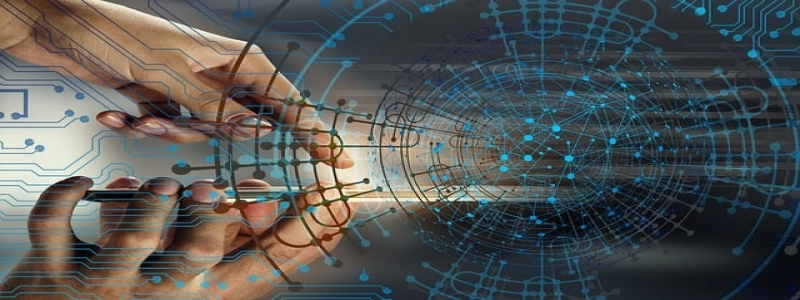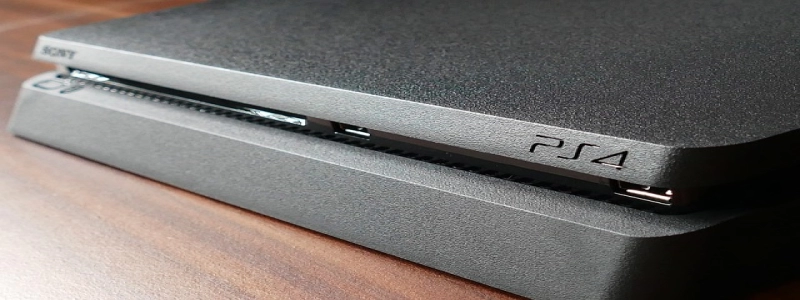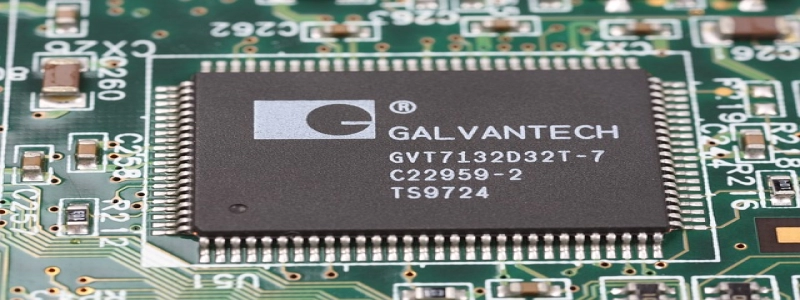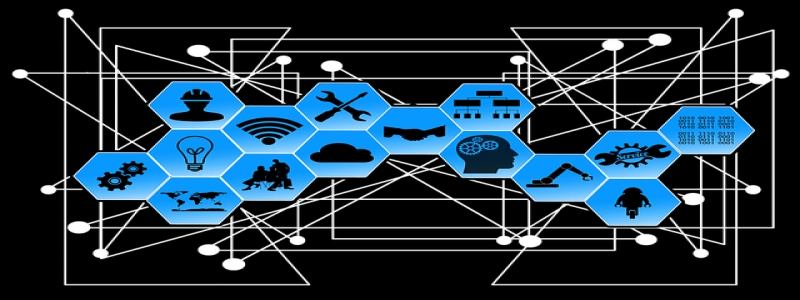Difference Between Patch Cable and Ethernet Cable
I. Introduction
A. Importance of network cables
B. Types of network cables
II. Patch Cable
A. Definition and purpose
B. Characteristics and usage
III. Ethernet Cable
A. Definition and purpose
B. Characteristics and usage
IV. Difference Between Patch Cable and Ethernet Cable
A. Physical differences
B. Usage differences
C. Performance differences
V. Conclusion
I. Introduction
In today’s digital world, network cables play a crucial role in establishing reliable and high-speed connections between various devices. These cables are responsible for transferring data and ensuring seamless communication within a network. While there are different types of network cables available, two commonly used ones are patch cables and Ethernet cables.
II. Patch Cable
A. Definition and purpose
A patch cable, also known as a patch cord, is a short length of cable that connects different network devices, such as computers, routers, switches, and servers within a local area network (LAN). Its purpose is to establish quick and temporary connections, allowing for flexibility in network arrangements.
B. Characteristics and usage
Patch cables are typically made with stranded copper wires covered by an insulated sheath. They are available in various lengths and colors, and often come with connectors, such as RJ-45 or RJ-11, on both ends. These cables are commonly used in data centers, telecommunication rooms, and office spaces to connect devices that require frequent reconfiguration.
III. Ethernet Cable
A. Definition and purpose
Ethernet cable is a type of network cable specifically designed for wired Ethernet networks. It is used to transmit data between devices over a local area network (LAN) or wide area network (WAN). Ethernet cables are the backbone of network infrastructure, providing reliable and high-speed connections.
B. Characteristics and usage
Ethernet cables are made with four twisted pairs of copper wires covered by a durable and thicker sheath. They come in different categories, such as Cat5, Cat6, and Cat7, offering varying speeds and bandwidth capacities. Ethernet cables are commonly used in homes, offices, and data centers to establish stable and permanent connections between devices.
IV. Difference Between Patch Cable and Ethernet Cable
A. Physical differences
Patch cables are shorter in length compared to Ethernet cables, typically ranging between 0.5 to 10 meters. Ethernet cables, on the other hand, can be longer, ranging from a few meters to hundreds of meters. The sheath of Ethernet cables is thicker and more durable than that of patch cables, making them suitable for long-term installations.
B. Usage differences
Patch cables are designed for temporary connections and frequent reconfigurations. They are commonly used in situations where flexibility is required, such as patch panels in data centers or connecting devices in office spaces. Ethernet cables, on the other hand, are used for permanent installations, providing stable and reliable connections for devices that do not require frequent movement.
C. Performance differences
Since Ethernet cables are designed for permanent installations, they offer better signal quality and lower interference compared to patch cables. Ethernet cables are also capable of supporting higher speeds and bandwidths, making them ideal for high-demand applications like gaming, video streaming, and data-intensive tasks. Patch cables, although capable of transmitting data, may experience signal degradation over longer distances.
V. Conclusion
In summary, patch cables and Ethernet cables serve different purposes in network connectivity. Patch cables are intended for temporary connections and flexibility, while Ethernet cables are meant for permanent and stable installations. Ethernet cables offer better performance in terms of signal quality, speed, and bandwidth capacity. Choosing the right cable depends on the specific requirements of the network setup, taking into account factors such as distance, frequency of movement, and data demands.








